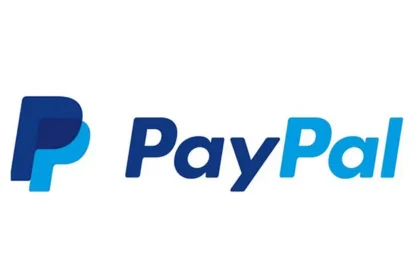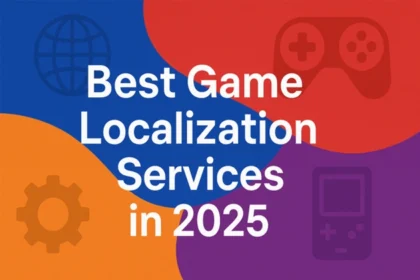Ad-supported video on demand (AVOD) is becoming a strategic pillar among OTT revenue models. With growing economic pressure on subscribers and shifting platform strategies, AVOD is no longer a fallback—it’s a competitive advantage. But building a sustainable AVOD strategy means understanding where audiences are, what’s driving adoption, and what pitfalls to avoid in execution.
Here’s what OTT providers, broadcasters, and media owners need to know in 2025.
1. AVOD Is Reshaping Markets
In the U.S., AVOD is now mainstream. Over 60% of U.S. viewers now consume ad-supported streaming content monthly, and platforms like Tubi, Pluto TV, and Freevee have seen significant growth by leaning into free, ad-driven models.
Subscription fatigue is part of the story. But so is content accessibility. A household may happily pay for one or two SVOD platforms, like Netflix and Disney+, but balk at a $7.99 add-on for niche or repeat content. AVOD becomes the no-brainer fallback, particularly for library content, seasonal programming, and casual viewing.
And it’s not just North America. In Latin America and parts of Europe, AVOD is now a key monetization strategy for platforms trying to grow in lower ARPU regions. For example, Brazilian and Colombian platforms are integrating AVOD tiers to reduce churn while maintaining reach, especially on mobile.
Even premium platforms are blurring the lines. Netflix and Disney+ now offer hybrid models, combining paid subscriptions with lower-cost ad tiers—a sign that even subscription leaders see AVOD as essential to long-term growth.
2. The Economics Are Hard to Ignore
AVOD used to be dismissed as a low-revenue model, until the numbers started telling a different story.
AVOD CPMs (cost per thousand impressions) can be competitive with linear TV, especially for premium inventory. In the U.S., average OTT AVOD CPMs sit around $20–$30 depending on content, placement, and targeting depth. Global AVOD revenue hit $38 billion in 2023 and is projected to surpass $69 billion by 2029 (Omdia), with significant growth in LATAM and Asia-Pacific.
For operators, the equation is compelling: With the right targeting and ad experience, a single engaged AVOD viewer can drive as much annual revenue as an entry-tier SVOD subscriber.
3. Execution Matters: AVOD Success Isn’t Just About Ads
But success isn’t guaranteed. If your AVOD implementation feels like a digital rerun of cable TV—bad timing, repetitive spots, or disruptive pacing—users will bounce, so the UX has to be frictionless.
That means:
- Intelligent ad insertion with SSAI (Server-Side Ad Insertion)
- Frequency caps and creative rotation to avoid fatigue
- Clean mid-roll breaks that don’t interrupt emotional beats
- Contextual metadata to avoid competitor clashes or jarring placements
In live and long-form content, this becomes even more critical. Sports fans won’t wait for ads to finish buffering before a penalty kick. Smart server-side stitching, low-latency ad delivery, and frame-accurate slotting are what elevate the experience.
4. Regional Nuances Matter
While AVOD is globalizing, its implementation can’t be copy-paste across regions. For instance:
- U.S. viewers expect premium ad experience and are already saturated with choices. The winners here are optimizing viewer segmentation, ad frequency, and hybrid monetization.
- Europe remains fragmented by language, regulation, and viewing habits. Germany and France are seeing AVOD growth through local broadcasters and FAST (Free Ad-Supported TV) channels, while markets like the Nordics show more tolerance for hybrid SVOD-AVOD models.
Understanding these nuances is key to both revenue growth and retention. AVOD might be one model—but it needs different flavors across your territories.
5. Tech Infrastructure: Don’t Let Scale Break the Experience
AVOD may feel like “free TV,” but underneath, it’s technically demanding. Scaling an ad-supported platform means investing in:
- SSAI systems that can insert context-aware ads across devices and playout scenarios
- Ad decision servers (ADS) that can prioritize pacing, demand sources, and failover logic
- Viewer-side data feedback loops to enable personalized delivery and programmatic demand
Without solid tech, you get buffering, mistimed ads, broken playbacks—and churn.
AVOD at scale isn’t just about reach. It’s about delivery precision. And that starts with architecture designed to support peak concurrency, metadata exchange, and adaptive distribution.
6. Privacy, Consent, and the Future of Targeting
AVOD players need to prepare for a cookieless world and tightening data privacy rules, especially in Europe and California. That means relying more on:
- First-party data from logged-in users
- Contextual targeting
- Consent frameworks built into app flows
If your monetization strategy hinges on third-party data, it’s time to rethink that model now—before regulators or browsers force the issue.
Final Takeaway
In 2025, AVOD is no longer the lesser sibling to subscription video. For many platforms, it’s the backbone of sustainable growth, especially as content costs rise, Average Revenue Per User (ARPU) plateaus, and user behavior evolves.
If you’re building or expanding an OTT service, AVOD needs to be part of the plan. But success doesn’t just come from slapping ads on your streams. It’s about combining world-class UX, monetization intelligence, regional adaptability, and backend readiness.
Because in this game, ad-funded doesn’t mean low-value. Done right, it means high-margin, high-reach, and long-term viability.










